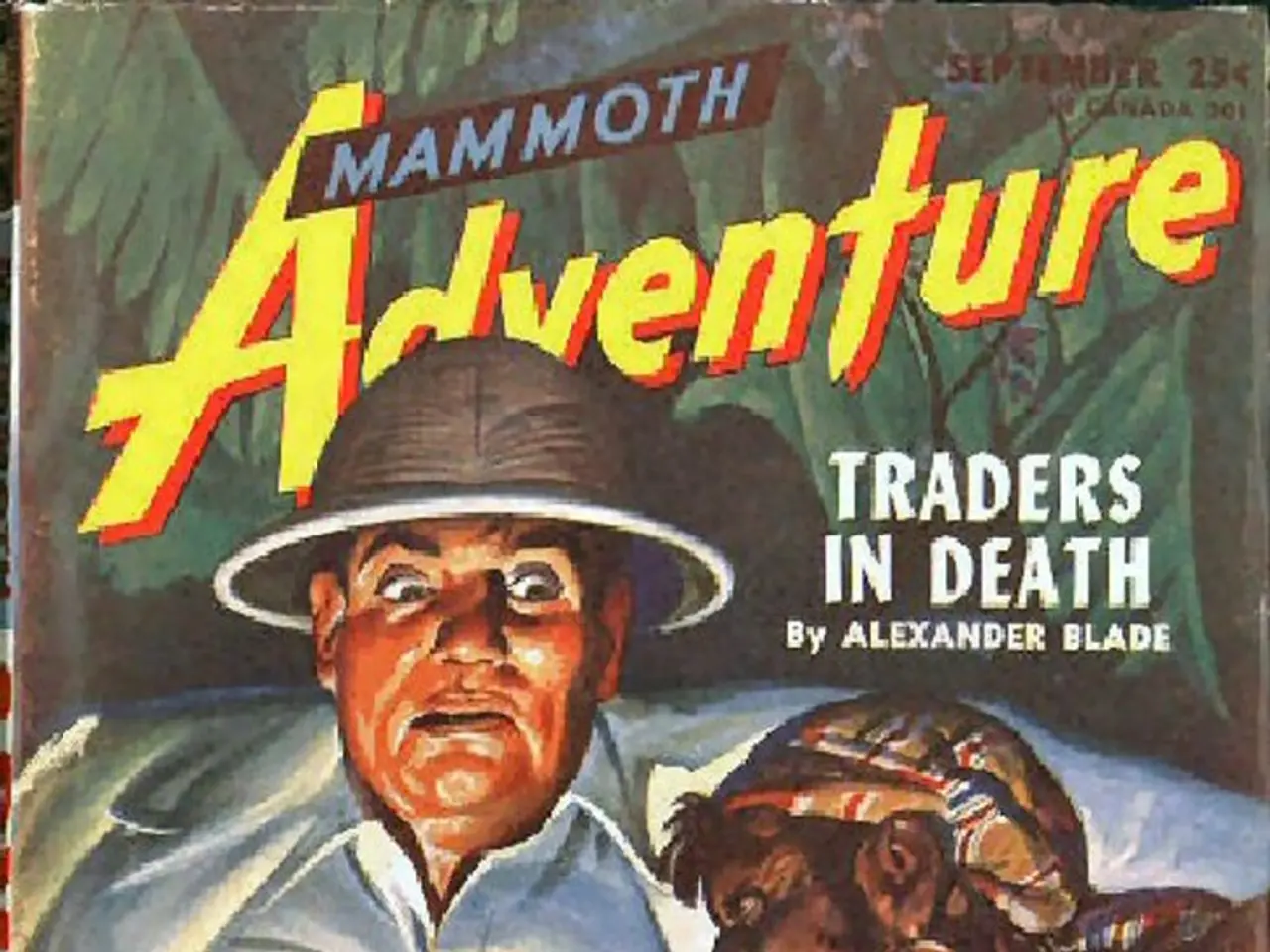Settling Disputes between Design Thinking and Marketing Strategies
================================================================================================
In the 1980s, Nestlé acquired the KitKat brand from Rowntree and partnered with Japan Post to launch the postable KitKat, catering to Japan's palette with over 300 different flavours. However, Nestlé's coffee sales did not grow in Japan despite having an affordable and well-liked product in the 1970s. To address this issue, Nestlé sought help from anthropologist and market researcher, Clotaire Rapaille, who found that his participants had no emotional attachment to coffee, as tea had long played a major part in Japanese culture and was associated with happy memories and social gatherings.
To imprint coffee culture on the younger generation, Nestlé turned to candy and kid-targeted media like anime. This strategy, while successful in increasing coffee sales when candy-loving customers entered the workforce, raises ethical concerns about early commercialization and manipulation of young consumers. Critics argue that this practice can ethically implicate Nestlé in exploiting children’s impressionability, potentially encouraging caffeine consumption and consumerism before individuals can make fully informed choices.
The cultural imprint through candy and cartoons, especially in Japan, serves as a subtle but powerful way to build nostalgia and brand attachment from childhood, which can significantly influence lifelong consumer behavior. This strategy aligns with broader critiques of aggressive marketing to vulnerable groups, as reflected in Nestlé’s controversial history and ongoing efforts to improve responsible marketing standards.
The practice of targeting children with marketing of unhealthy products contributes to poor dietary habits and raises questions about Nestlé's responsibility in promoting healthful consumption. Nestlé has faced criticism for predatory marketing tactics in other sensitive areas like infant formula, showing a pattern of controversial marketing practices impacting vulnerable populations. Despite public scrutiny and controversies, Nestlé has made commitments to strengthen responsible marketing to children, signaling awareness of these ethical issues and the need to adapt its approaches.
In our digital age, businesses cannot afford to work in a traditional siloed way. Companies need to speak the same language at each touchpoint - be it the product, the advertisement or the privacy policy - to avoid confusing the end user. Design thinking and marketing are two sides of the same coin, aiming to fulfill customer needs at a profit but from different sides. Design thinkers prioritize the individual user, while marketers focus on aggregates and numbers. When you work as an integrated, multi-disciplinary team and focus on the customer's journey, you can build a strong narrative for the benefit of customers as well as the business.
In the case of Nestlé, bringing the design and marketing teams together could help address the ethical concerns surrounding their marketing strategy. Collaboration between teams can lead to turning gaps in the customers' experience into opportunities to improve the customers' experience, related to any aspect of the business. In some cases, teams may need to look for partners outside the company to deliver great experiences, especially when certain aspects of the customer's journey are beyond the company's resources.
Proactively listening to customer sentiment and factoring it into business is more important than ever. Companies should build a single narrative to avoid confusing the end user with different languages from different aspects of their experience. In the 1970s, Nestlé's coffee sales did not grow in Japan because they failed to understand the emotional attachment of their customers to tea. In the digital age, understanding and fulfilling customer needs is crucial for business success.
In a survey conducted by BRANDfog and McPherson Strategies, 93% of respondents agreed that when CEOs issue statements about the key social issues of our time and they agree with the sentiment, they are more likely to purchase from that company. Customers, especially millennials and Gen Z, now expect brands to take a stand on issues and proactively engage in activism. In 2019, a group of CEOs of major companies issued a statement on "the purpose of a corporation" during the Business RoundTable and redefined the core values of businesses, stating that companies should no longer advance only the interests of shareholders.
In the music and smartphone industries, Apple disrupted the market with the iPod and iPhone, respectively, due to a focus on the entire customer journey. Apple took control of every aspect of the customer's journey with both the iPod and the iPhone, except for allowing third-party developers to create apps for distribution through its App Store. The iPhone made smartphones friendly to use and put powerful computing within the palms and pockets of everyone. The iPod made it easier to listen to music and changed the way people listened to music, as well as the way the music industry operated.
In conclusion, Nestlé's imprinting of coffee culture in children and teens raises ethical issues related to manipulative marketing approaches, early consumer conditioning, and public health responsibility. Businesses must be mindful of their marketing strategies and ensure they prioritize customer needs, ethical practices, and responsible marketing to vulnerable groups. By working as an integrated, multi-disciplinary team and focusing on the customer's journey, businesses can build a strong narrative for the benefit of customers as well as the business.
- To foster a stronger connection with the younger generation and promote coffee culture, Nestlé could explore collaborating with UX designers and UI designers, applying design thinking strategies to create engaging, kid-friendly interfaces for technology-based products.
- In response to customer concerns about the impact of their products on lifestyle and personal health, Nestlé might collaborate with education-and-self-development experts to create resources educating consumers about responsible consumption, ultimately reinforcing a brand image that prioritizes customer well-being.
- As part of addressing ethical concerns surrounding early commercialization and manipulation of young consumers, Nestlé could consider investing in research focused on better understanding the psychological and developmental stages of young people, working alongside UX research experts to minimize any potential negative consequences of marketing practices.
- In the pursuit of ethical marketing and a stronger brand image, Nestlé could align its business philosophy with thesinvestment mindset, seeking to create long-term value for customers and other stakeholders through responsible and sustainable business practices.
- By involving anthropologists and market researchers in its efforts, Nestlé could gain a deeper understanding of local cultures and customer preferences, incorporating this knowledge into their UX research and design to better tailor products to the needs and emotional attachments of diverse consumer demographics, such as the Japanese market.




